LUMINEQ in-glazing laminated displays empower vehicle manufacturers to utilize all the windows by turning them into information displays or touch displays. Windows account for one-third of the surface area of a vehicle. It unlocks lots of new opportunities by using windows to show important information or add functions that otherwise would need a physical control panel for. This innovation helps OEMs to make safer vehicles with new features and to be more prepared for the era of CASE - connected, autonomous, shared, electric vehicles.
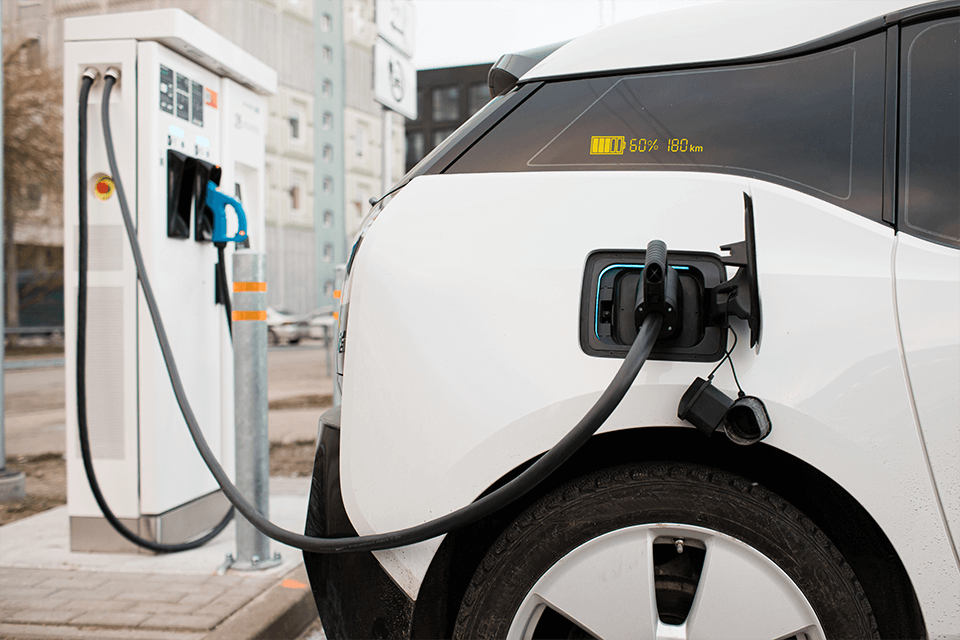
Most EV cars provide the charging information on the dashboard or via a mobile app. In-glass displays enable them to provide a more intuitive and simpler alternative -- to display the information right on the car window. Drivers don't have to turn on the dashboard or install an app to check the battery status while charging. This is convenient especially for people using a rental or shared car.
As an autonomous vehicle approaches, it can be difficult to know if it is slowing to allow a pedestrian to cross should the person step into the road.
With a safety message like ‘Safe to cross’ (visible to the pedestrian) flashing across the windscreen or side windows, pedestrians can step into the road without endangering their lives.
This is especially important when eye-contact with the driver is limited or non-existent and will be crucial when the autonomous era arrives.
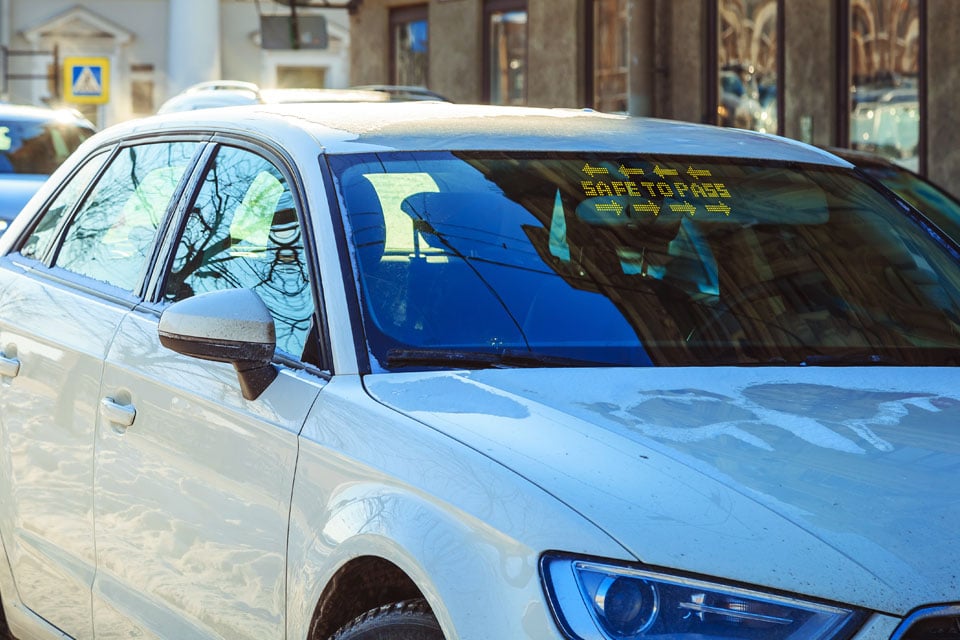
Smart windows become especially useful when the era of shared economy is arriving. Looking for your ordered shared car among hundreds of cars in the parking slot can be frustrating. To check the color and plate number of the car? Or what if your name appears brightly on the car window?

When it comes to unlocking a shared car, you probably would not want to get a physical key from somewhere first. After all, convenience is the key to the sharing economy among other benefits. Using a mobile app? But what if your phone is out of battery? Things happen.
Now with smart windows, you can simply unlock the car by typing the code directly on the window in front of you.
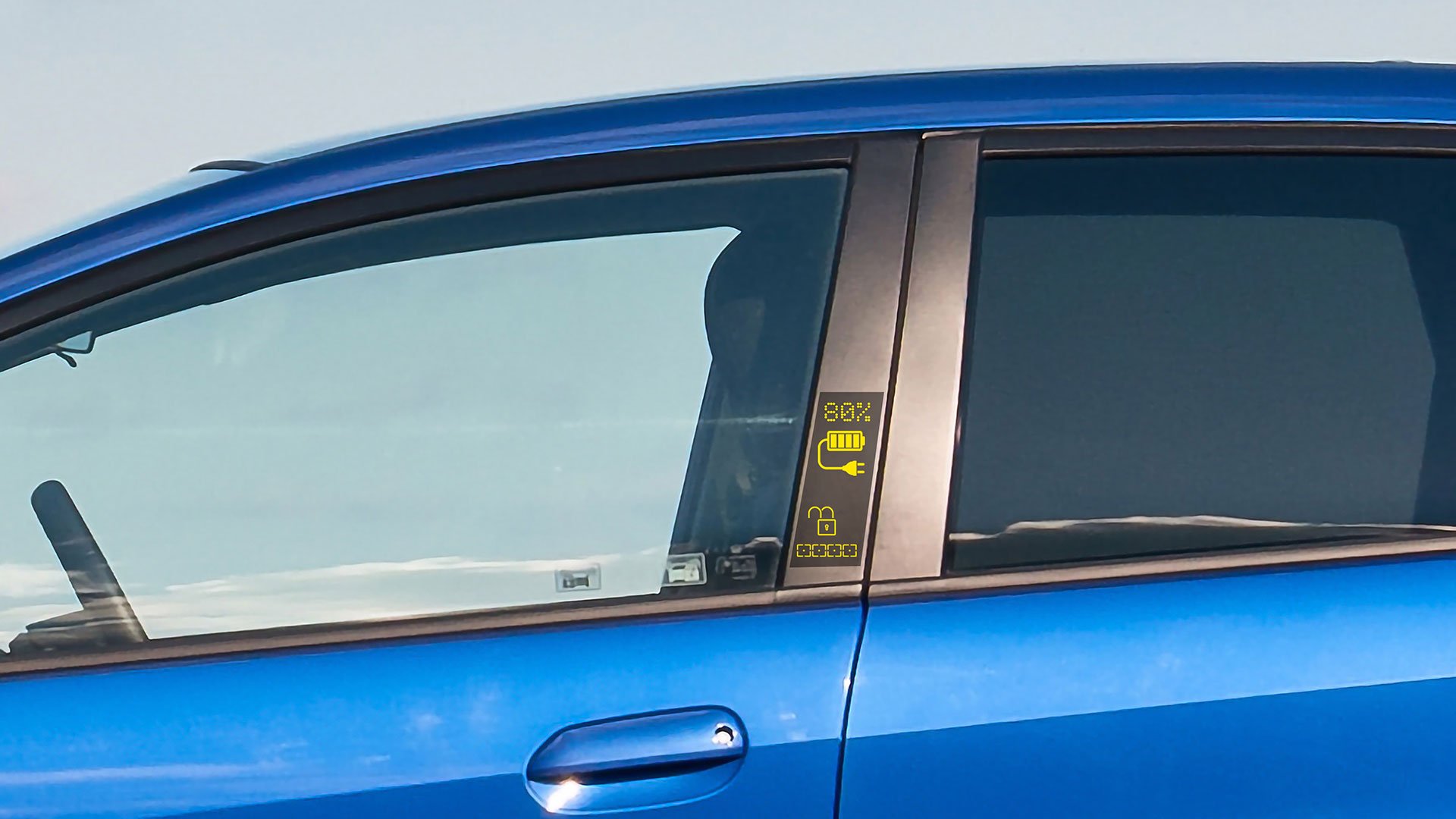
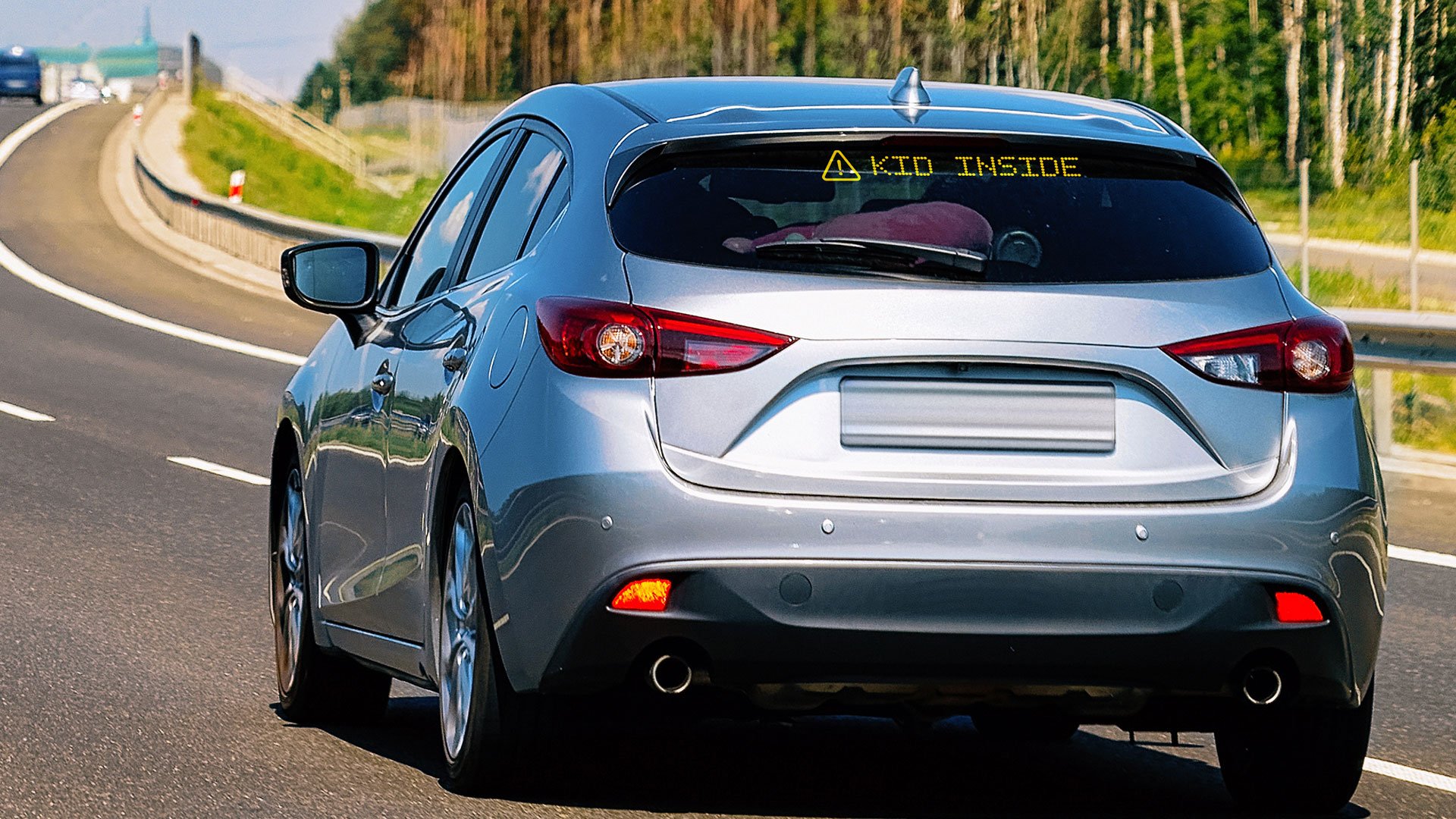
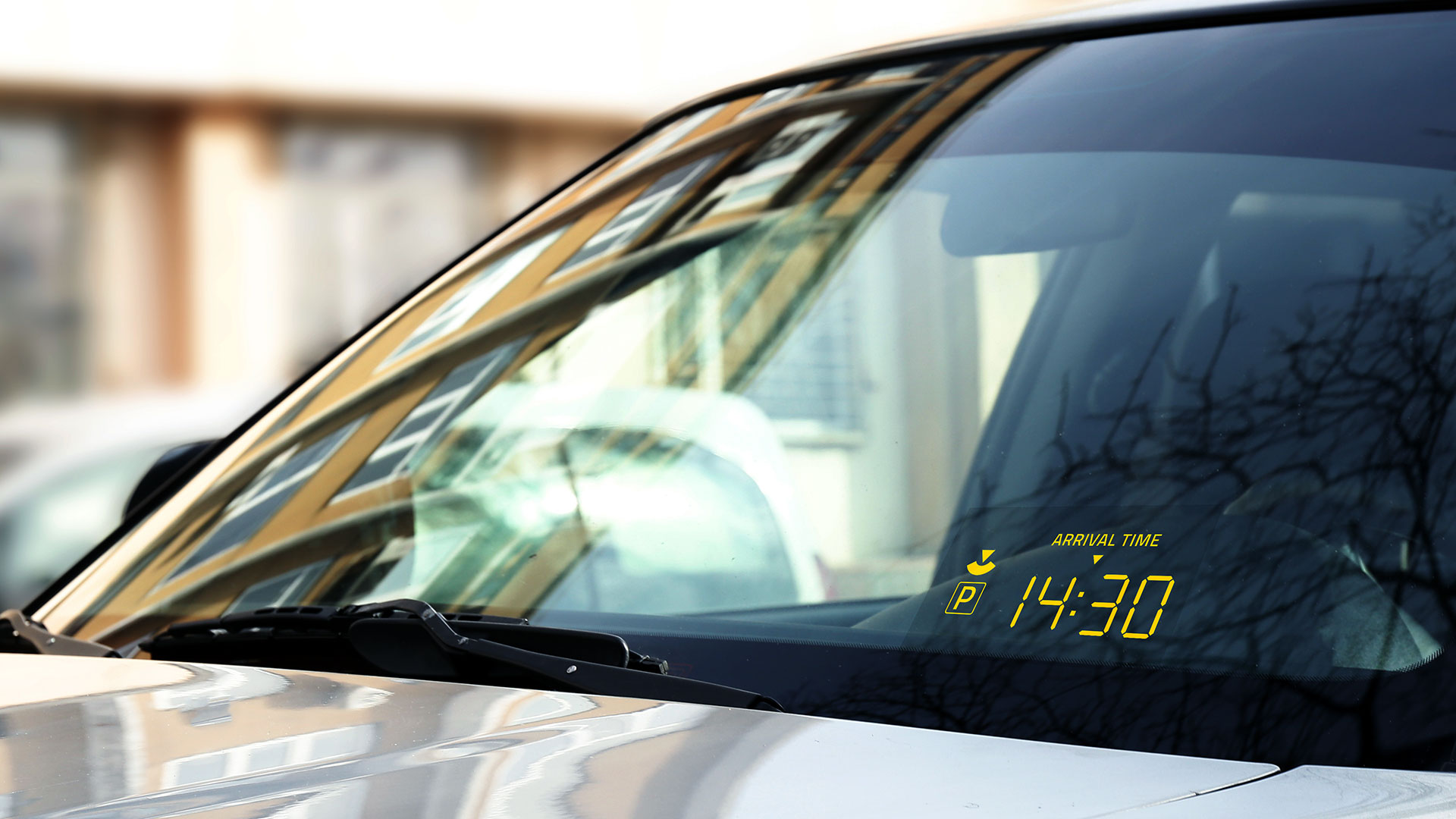
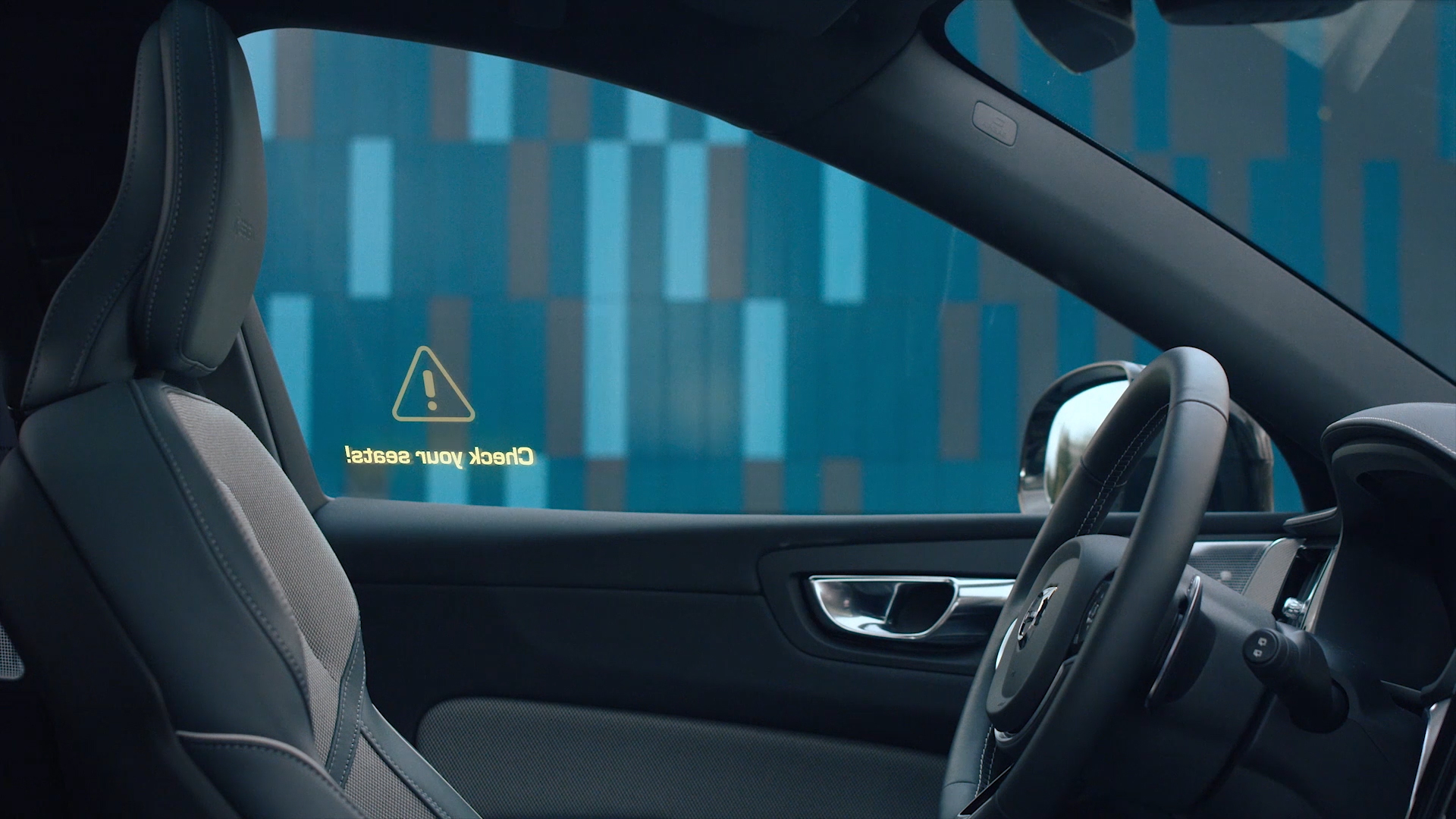
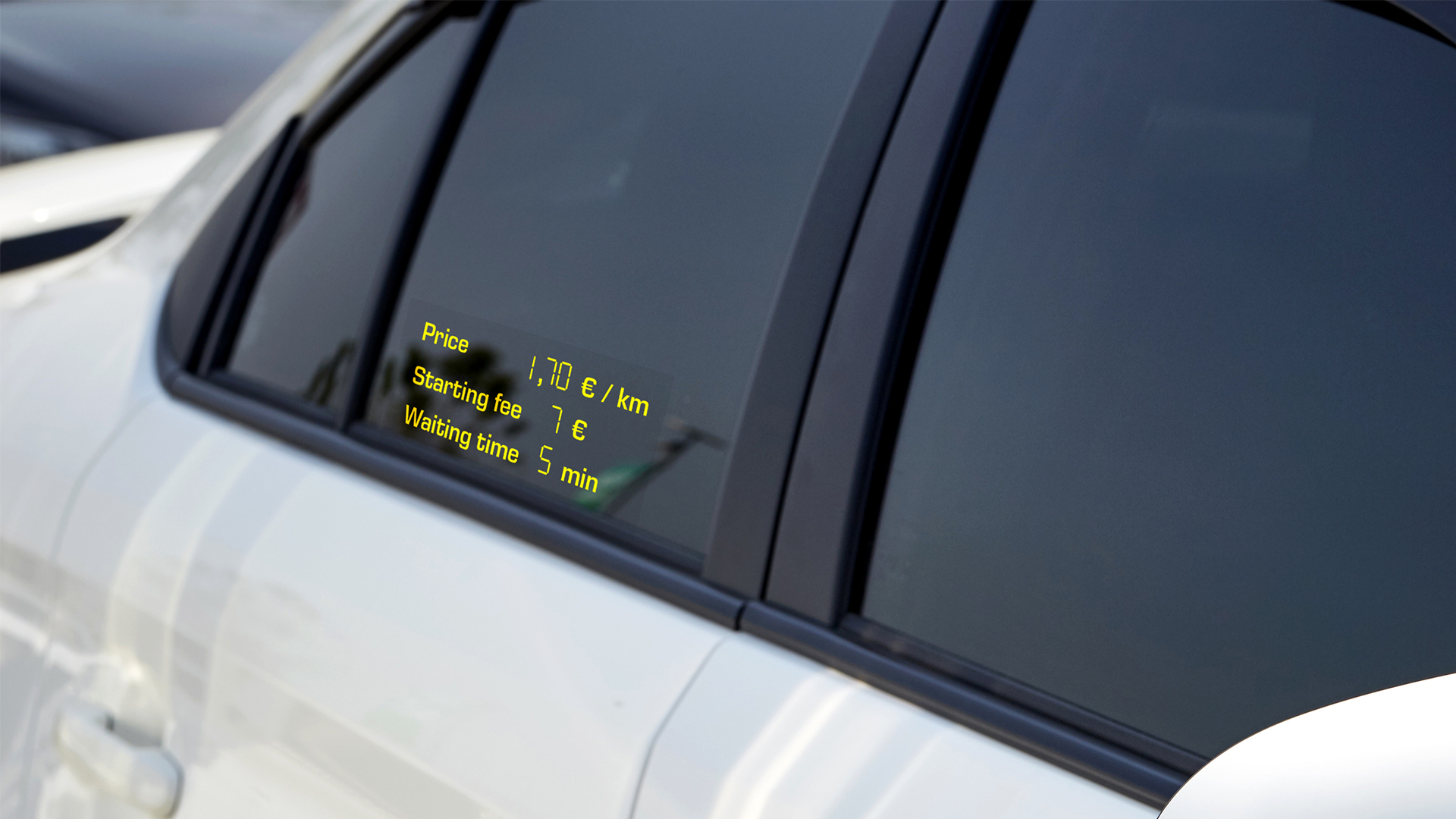
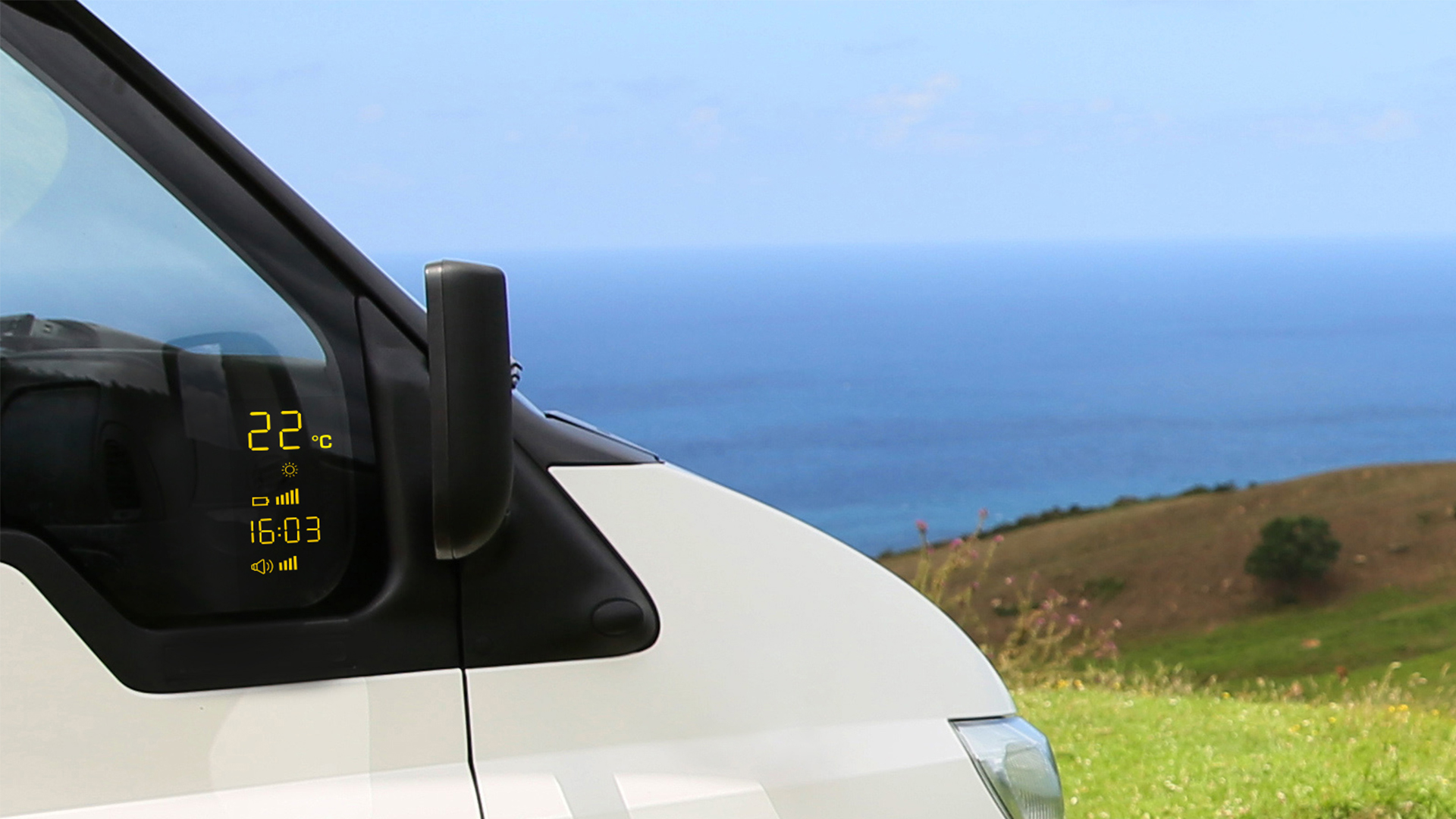
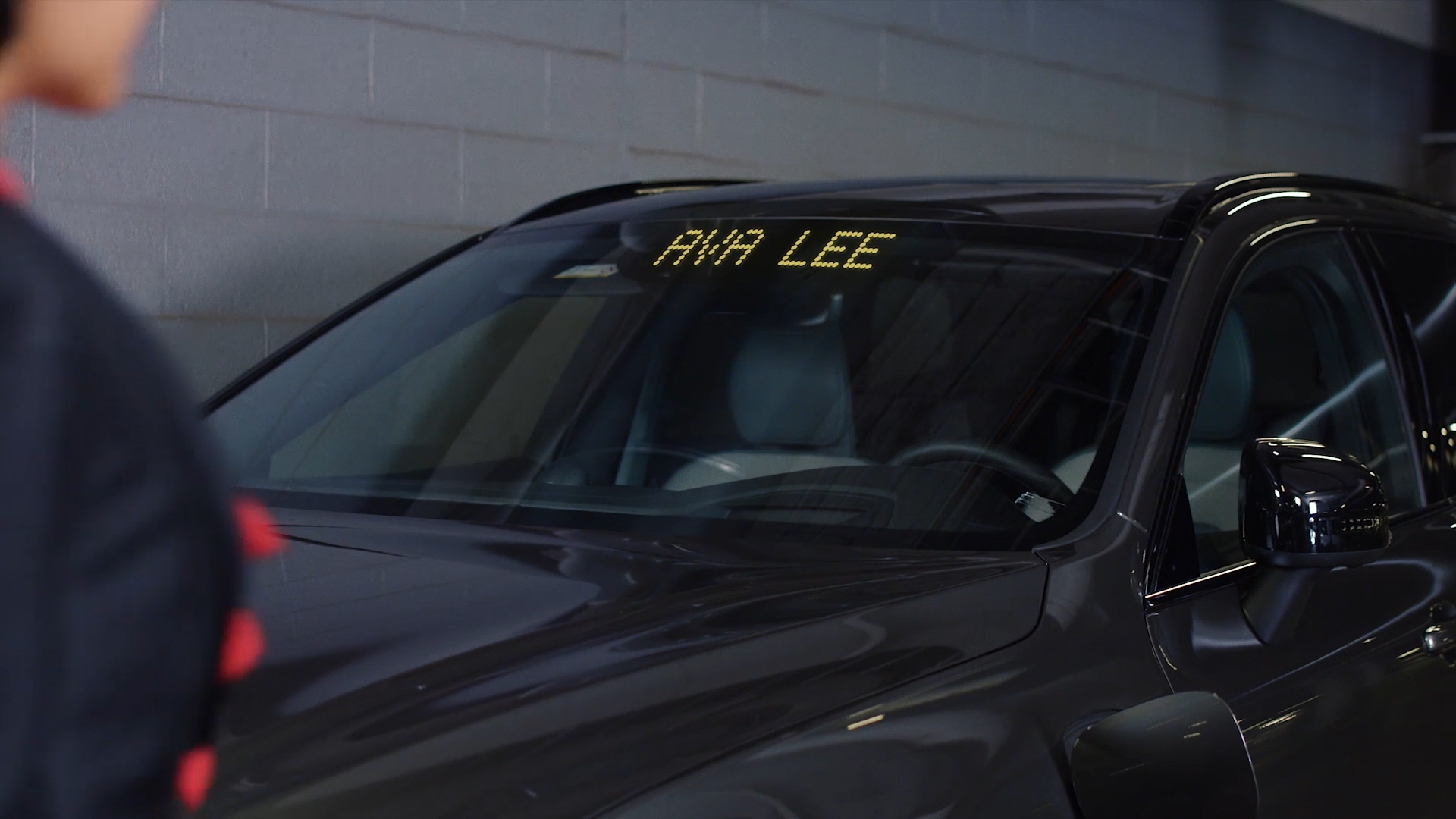
.jpg)
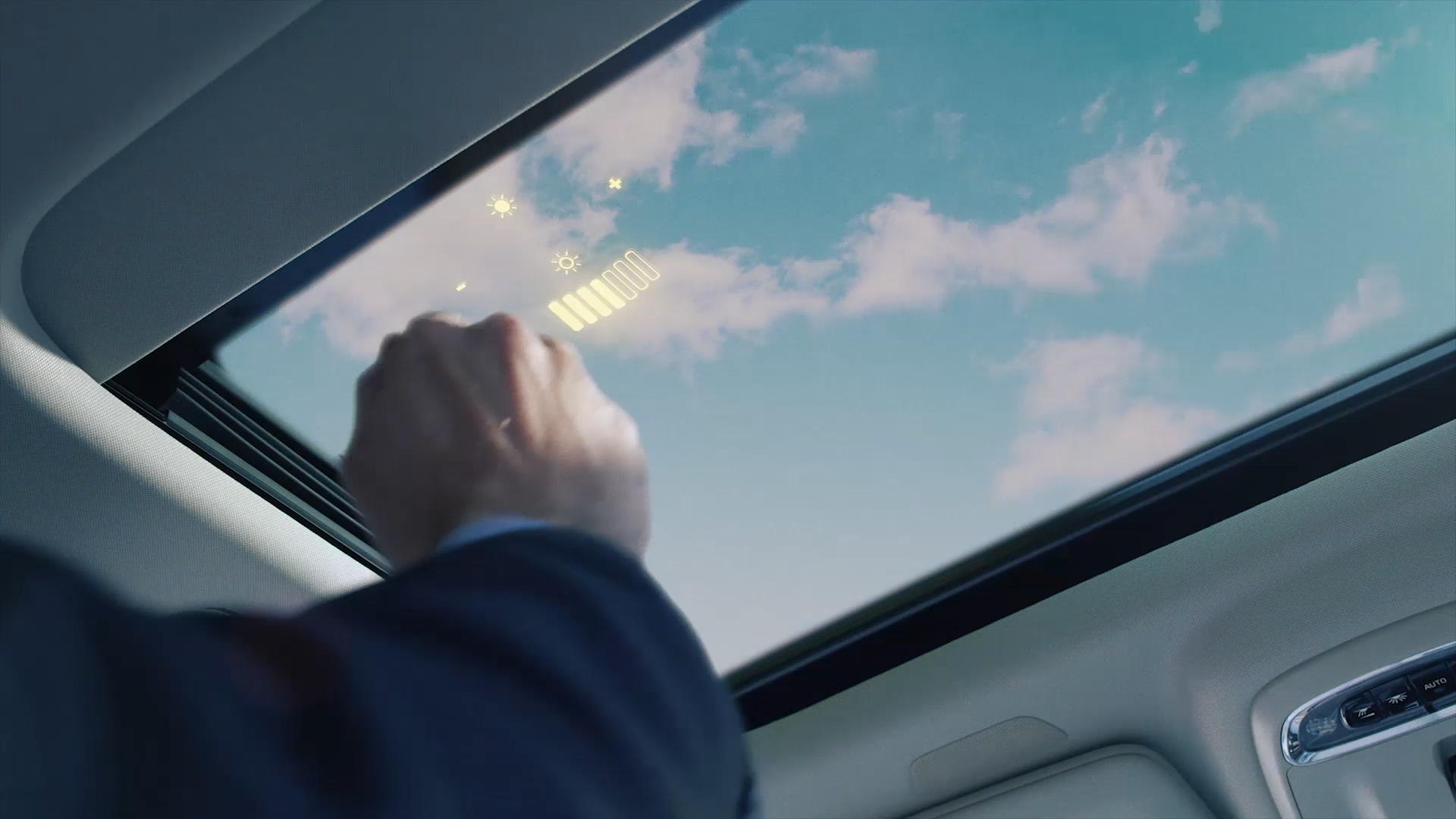
Over 70% of the transmission meets the automotive industry standard. Good clarity and minimum haze.
The touch sensors are integrated directly in the functional display layer. So no additional touch layer is required.
Inorganic solid-state design to tolerate shock, vibration, humidity, solar load, and extreme temperatures.
Simplified setup with no need for a projection system or extra interior space.
Wide viewing angle from any direction from both inside and outside of the vehicle.
Freedom to design the type, size, and shape of the display, or even to drill. Click to request a custom display.
We offer off-the-shelf demo products for concepting, prototyping, and evaluation purposes. You can find the demo products from our website pages: in-glass displays, and touch displays. We also provide fully customized displays for specific project needs and mass production.
Subscribe to our newsletter and get updates on the latest display technologies and industry trends.